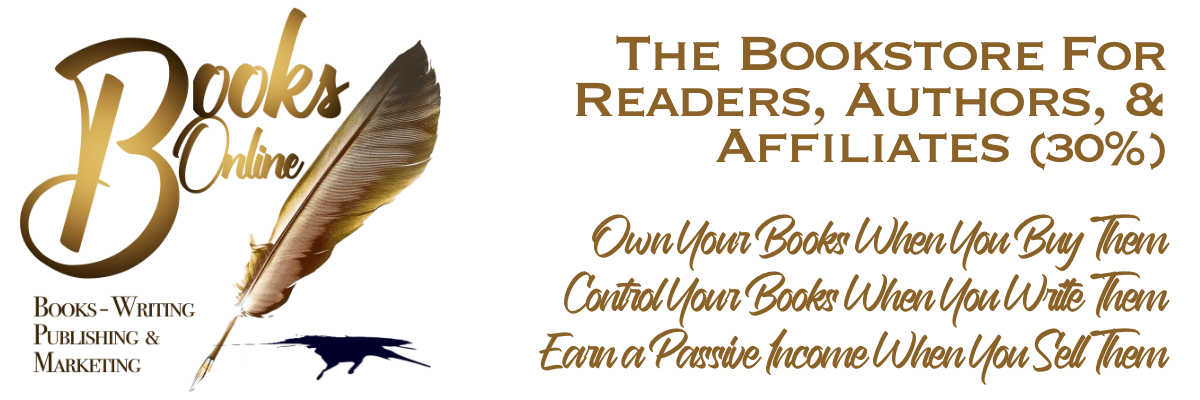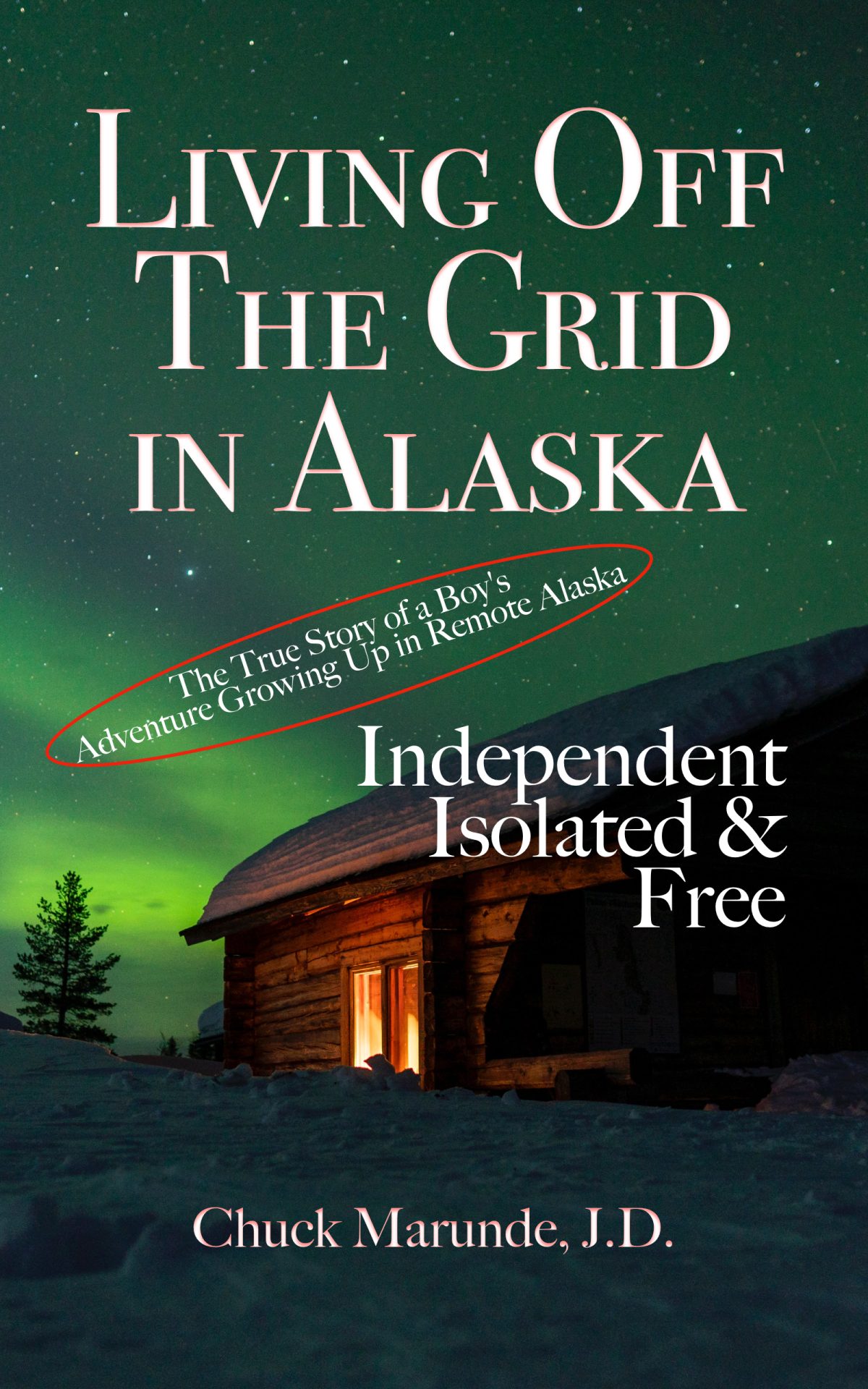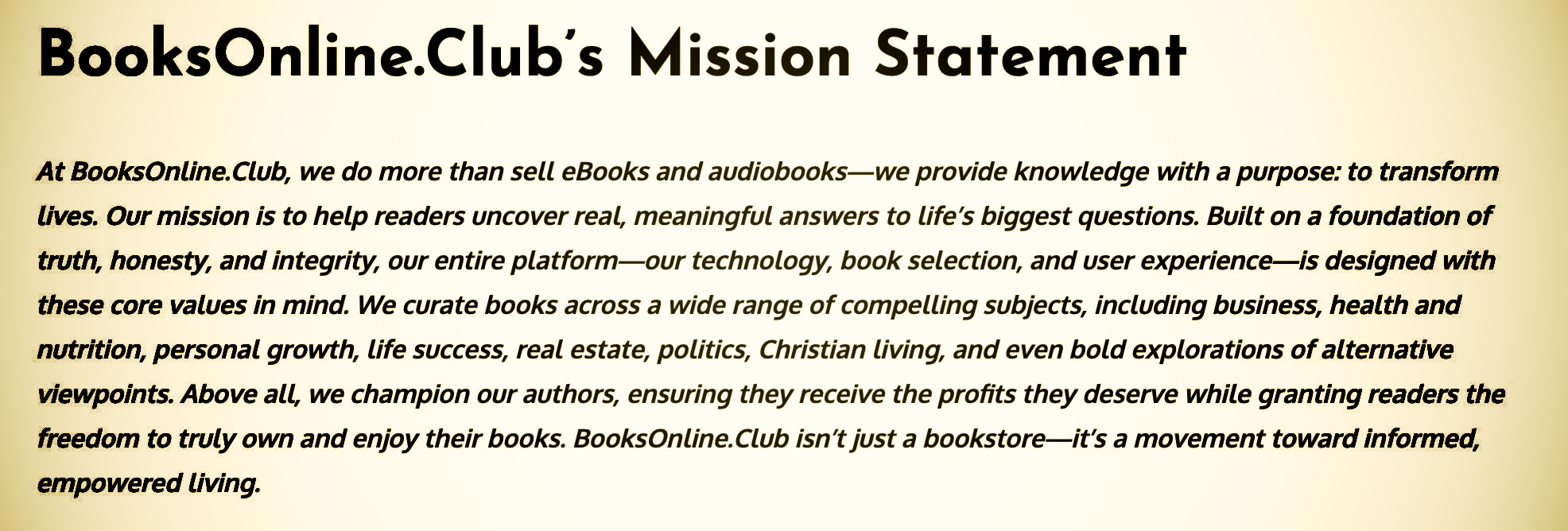
DRM or Digital Rights Management Nightmares for Readers and Authors
DRM or Digital Rights Management is one way book distributors try to increase the security of their digital books, but DRM has also become a way Amazon and Apple try to corral readers so they can control them by using proprietary DRM encoded eBooks. I’ll unpack this complicated subject and make it easy to understand for both readers and authors. This next middle section is a bit techie, so if you want to see the practical conclusions for readers and for authors and distributors, go right to the conclusion of this article.
Digital Rights Management for eBooks is a set of technologies used by publishers and retailers to control how digital books are accessed, copied, and shared. The main purpose of DRM is to prevent unauthorized distribution and piracy while enforcing licensing restrictions.
Here’s How DRM Works
- Encryption: DRM-protected eBooks are encrypted, so they can only be accessed using authorized software or devices.
- Device Restrictions: The publisher or retailer can limit how many devices the eBook can be read on.
- Copy and Print Limitations: Some DRM systems restrict copying text or printing pages from the eBook.
- Time-Based Access: In some cases, eBooks (especially library rentals) may expire after a certain period.
Common DRM Systems
- Adobe DRM – Used by many publishers and libraries, requiring Adobe Digital Editions or compatible apps.
- Amazon Kindle DRM – Tied to Amazon’s ecosystem, restricting books to Kindle devices and apps.
- Apple FairPlay – Used for eBooks in Apple Books, restricting access to Apple devices.
- Google Play DRM – Protects eBooks sold through Google Play Books.
Some publishers and authors choose to sell DRM-free eBooks, meaning readers can freely move and copy the files. Platforms like Smashwords, Leanpub, and some independent sellers offer DRM-free options.
Pros of DRM for eBook Sales & Distribution
- Prevents Unauthorized Sharing – DRM helps protect publishers and authors from piracy by restricting unauthorized copying and distribution.
- Encourages Publisher Adoption – Major publishers often require DRM to feel secure about releasing digital editions.
- Maintains Pricing Control – DRM can prevent buyers from easily reselling or distributing books, which helps maintain retail pricing stability.
- Library Lending Control – DRM allows libraries to lend eBooks with expiration dates, similar to physical books.
Cons of DRM for eBook Sales & Distribution
- Restricts Consumer Freedom – Buyers can’t easily transfer books between different platforms (e.g., a Kindle book won’t work on a Nook or Apple Books).
- Reduces Ownership Appeal – Readers may feel they don’t truly “own” a book if they can’t back it up, print pages, or lend it to others.
- Hurts Sales on Open Market – Some consumers avoid DRM-restricted books and prefer DRM-free alternatives, which can reduce potential sales.
- Complex Library & Vendor Dependency – If a vendor (like Amazon) removes a book from its platform, users may lose access, even after purchasing.
- Author & Publisher Lock-in – DRM ties eBooks to specific retailers, making it harder for authors or publishers to sell directly to consumers without technical barriers.
Conclusion
 From a consumer’s perspective, the best way to purchase eBooks is without DRM (Digital Rights Management), because DRM locks you into a proprietary e-reader. The Amazon KDP version of eBooks will include DRM if the author checked that box in KDP, and it will not if he hasn’t checked that box. Consumers have less restrictions if the author is not using DRM on KDP. As a reader if you use a Kobo reader, you cannot read Amazon books with DRM, and Kobo will not allow you to install the Kindle App to read Amazon books either.
From a consumer’s perspective, the best way to purchase eBooks is without DRM (Digital Rights Management), because DRM locks you into a proprietary e-reader. The Amazon KDP version of eBooks will include DRM if the author checked that box in KDP, and it will not if he hasn’t checked that box. Consumers have less restrictions if the author is not using DRM on KDP. As a reader if you use a Kobo reader, you cannot read Amazon books with DRM, and Kobo will not allow you to install the Kindle App to read Amazon books either.
Pulling data from a number of sources, I estimate that over 70% of all eBooks purchased in the U.S. are epubs generated with the Kindle code so they can be read on all Kindle reading devices, all mobile devices that can install the Kindle app for reading eBooks, like smartphones and tablets, including Android smartphones and iPhones, and including Android tablets and iPads. Some of the book aggregators use generic epubs, that is a small percentage of the eBook market.
From an author’s perspective, you do not want DRM that can push consumers away because of the severe limitations DRM puts on their reading experience and devices. To sell the most books, an author wants a quality epub generated code without DRM. What an author does want is a way to make sure his distributor is protecting his eBook from being stolen and spread all over the Internet by free loaders, and that requires a very limited engineering of the DRM code. More on this under the distributor’s perspective.
From a distributor’s perspective, you want to sell the most books while protecting the authors and publishers from hackers who would download the book, copy it, and sell it all over the Internet. DRM has been used as part of that solution, but the big boys have abused their propriety DRMs in an attempt to corner their customers and see to it that those customers stay on a short leash.
What Does BooksOnline.Club Do To Enhance Security for Everyone?
When it comes to distributing eBooks and audiobooks for authors who host their books on BooksOnline.Club, we place marketing and sales at the top of the list as a number one priority, but we still address security and illegal copying and distributing with the technologies that we have implemented. While we won’t reveal our biggest secrets on this important subject to the public, we do have the best and most advanced security in place for our authors, and at the same time we give our readers the freedom to know that when they buy a book at BooksOnline.Club, they own the book permanently, not just a license to read it online from a server at Amazon. We do use the most popular epub formats to maximize device readership, and we have multiple layers of security to protect authors in every way.
Need I say it? We are so much better than Amazon in so many ways!


